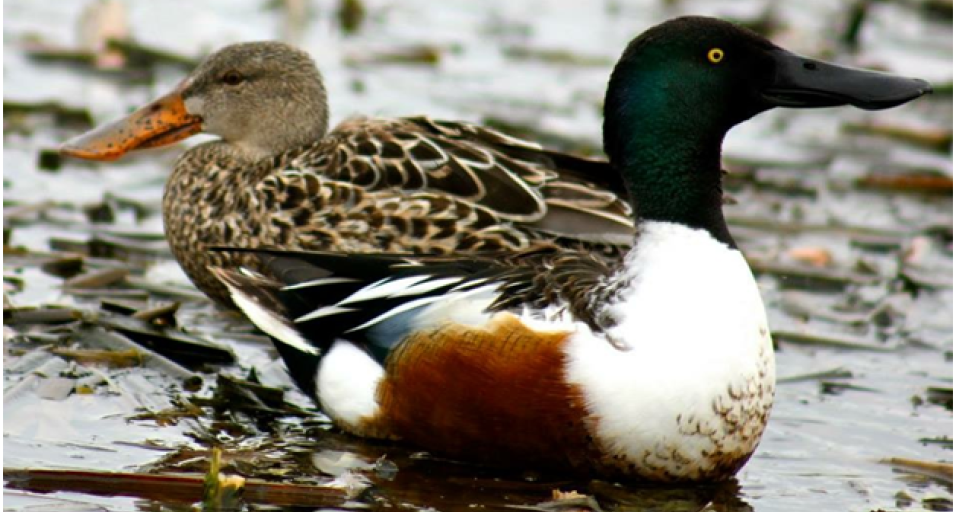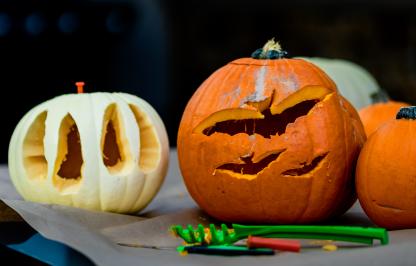Wildlife worth watching: Spring duck “season” underway
Few can resist – whether out of envy, admiration or wonder -- immediately searching the skies upon hearing the honking of geese or following a group of ducks out of eyeshot after catching a glimpse of their rapid flight.
Man has a hard time getting his fill of the waterfowl spectacle, and nature addresses this need by parading the birds not just once but twice annually. And right now, during this return migration to northern breeding grounds, is the best time to take in the enchanting phenomena.
“Spring migration is one of the greatest times of the year for waterfowl viewing,” said Nate Huck, the Wyoming Game and Fish Department’s migratory game bird biologist. “Not only do we see increased numbers of waterfowl throughout the state, but their behavior in the spring allows for much closer viewing.”
Ducks know shotguns are left in the safe and act accordingly. Their relaxed state is an assist to the spring waterfowl viewer by allowing a close approach. But it wasn’t always so: Spring duck hunting was legal through 1919.
The main event of the spring migration is “courtship flights.” A half-dozen or more amorous drake pintails will rapidly chase a hen across the marsh. One of the most bizarre displays are performed by ruddy ducks. During this display they point their tail straight up and “drum” their breast creating ripples in the water. Males of many species can be witnessed “head bobbing” in their attempts to attract a mate.
Huck recommends the Game and Fish’s Table Mountain and Springer habitat areas in Goshen County and the Laramie Plains lakes as prime areas to view waterfowl in eastern Wyoming. In western Wyoming, good waterfowl watching sites include the Cokeville Meadows and Seedskadee national wildlife refuges near Cokeville and Green River, the Yellowtail Habitat Area near Lovell and the Ocean Lake Area near Pavillion.
Some experienced birders say floating stretches of the Green, Big Horn and North Platte rivers is the most exciting to enjoy the spring migration of both ducks and shorebirds.
Man has a hard time getting his fill of the waterfowl spectacle, and nature addresses this need by parading the birds not just once but twice annually. And right now, during this return migration to northern breeding grounds, is the best time to take in the enchanting phenomena.
“Spring migration is one of the greatest times of the year for waterfowl viewing,” said Nate Huck, the Wyoming Game and Fish Department’s migratory game bird biologist. “Not only do we see increased numbers of waterfowl throughout the state, but their behavior in the spring allows for much closer viewing.”
Ducks know shotguns are left in the safe and act accordingly. Their relaxed state is an assist to the spring waterfowl viewer by allowing a close approach. But it wasn’t always so: Spring duck hunting was legal through 1919.
The main event of the spring migration is “courtship flights.” A half-dozen or more amorous drake pintails will rapidly chase a hen across the marsh. One of the most bizarre displays are performed by ruddy ducks. During this display they point their tail straight up and “drum” their breast creating ripples in the water. Males of many species can be witnessed “head bobbing” in their attempts to attract a mate.
Huck recommends the Game and Fish’s Table Mountain and Springer habitat areas in Goshen County and the Laramie Plains lakes as prime areas to view waterfowl in eastern Wyoming. In western Wyoming, good waterfowl watching sites include the Cokeville Meadows and Seedskadee national wildlife refuges near Cokeville and Green River, the Yellowtail Habitat Area near Lovell and the Ocean Lake Area near Pavillion.
Some experienced birders say floating stretches of the Green, Big Horn and North Platte rivers is the most exciting to enjoy the spring migration of both ducks and shorebirds.
Wyoming Game and Fish (307) 777-4600



